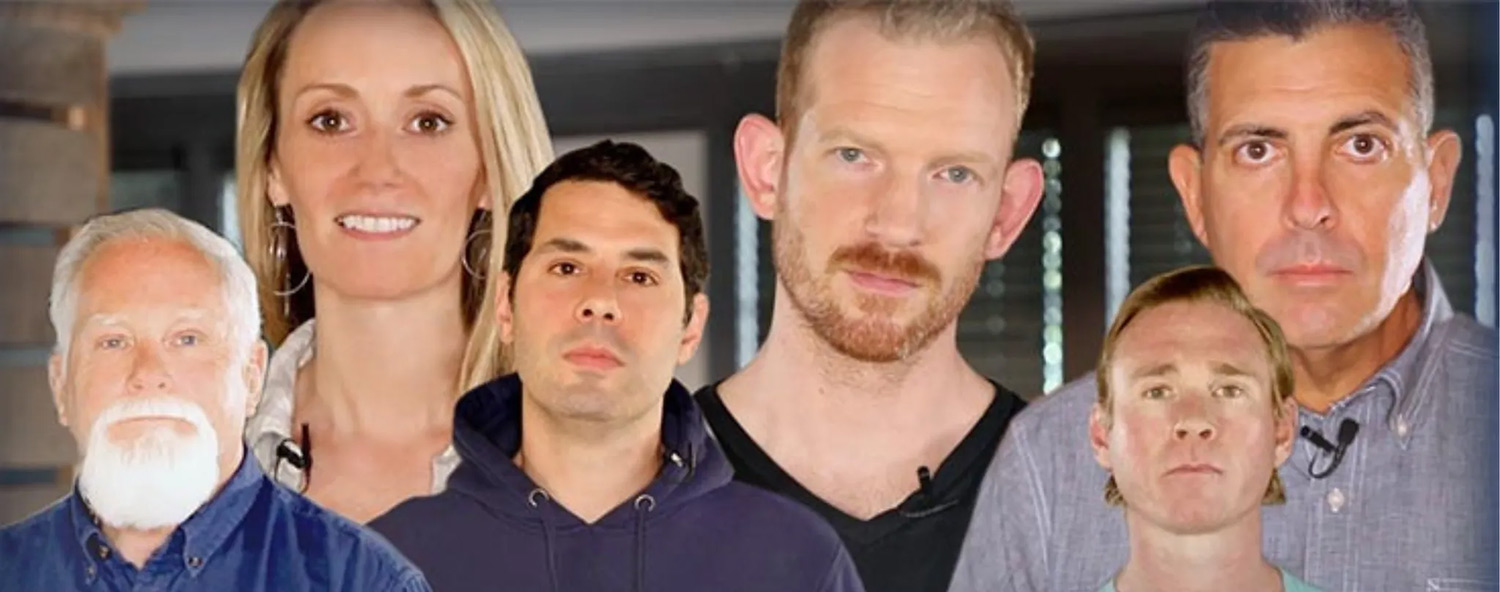
From Wounds to Wisdom
Posttraumatic Growth and the Future of Veteran Healing
Every day in the United States more than 17 veterans die by suicide. That is nearly 6,400 lives each year lost not on the battlefield, but after returning home. Studies show that nearly one in five veterans of Iraq and Afghanistan struggles with post-traumatic stress disorder (PTSD), while others face depression, anxiety, and substance use disorders at rates far higher than the civilian population. For many, the invisible wounds of war linger long after the uniform is folded away.
Behind every number is a story of struggle. Sleepless nights, fractured families, the quiet isolation of not being understood. The Department of Veterans Affairs estimates that between 11 percent and 20 percent of post-9/11 service members experience PTSD in any given year. Add to that the challenges of reintegration, physical injuries, and moral injury, and it is clear why so many veterans describe coming home as the beginning of a different kind of battle.
Education as Healing
The program highlighted in Your Posttraumatic Growth Journey with Boulder Crest takes a unique approach. At its heart is education. Veterans and first responders are taught what trauma does to the body and the mind, and how those responses are not signs of weakness but natural reactions to extraordinary stress. By understanding their own biology and psychology, participants can begin to see their struggles in a new light.
Education is paired with practical tools for self-regulation. Breathing techniques, mindfulness, physical movement, and peer-to-peer exercises all help veterans regain control over stress and anxiety. This foundation is essential for moving from survival toward growth.
Support That Lasts
Beyond initial training, Boulder Crest provides ongoing support. Participants move through a structured journey that includes opportunities to share their stories in safe, supportive environments. Disclosure breaks the silence, while storytelling allows veterans to reframe experiences from pain to purpose.
Family members are also included through programs that emphasize rest, reconnection, and healing together. This holistic support acknowledges that trauma affects entire households, and that growth must ripple outward to spouses, children, and loved ones.
Peer mentorship is another cornerstone. Veterans are surrounded by others who truly understand, creating bonds of trust that often outlast the program itself. These relationships reduce isolation and offer accountability, encouragement, and belonging.
From Struggle to Service
Perhaps the most transformative aspect of the Boulder Crest model is the way it channels growth into service. Veterans are guided to use their experiences not only to heal themselves, but to help others. Many go on to volunteer, mentor, or lead in their communities, proving that pain can be reshaped into a powerful force for good.
A Path Forward
Posttraumatic Growth does not erase trauma. It acknowledges it, honors it, and uses it as fertile ground for new life. With education, tools for regulation, supportive community, and opportunities to give back, veterans are offered a future that is not defined by what they have endured but by how they can thrive.
The impact is clear. Veterans who once felt hopeless describe finding meaning again, rebuilding their families, and discovering strength they did not know they had. What once felt like an ending becomes the beginning of a new chapter filled with purpose.
To explore this approach further, watch the series Your Posttraumatic Growth Journey with Boulder Crest on CORE.



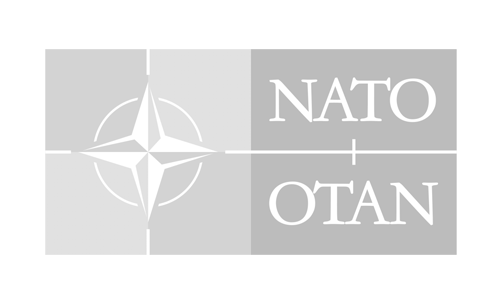

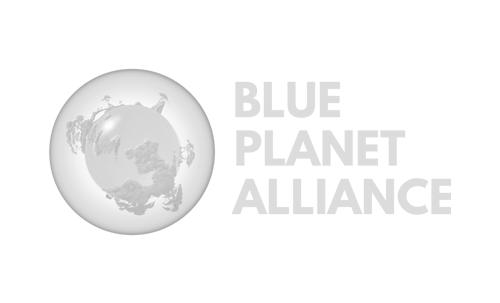



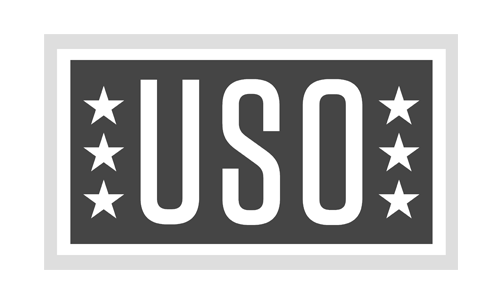
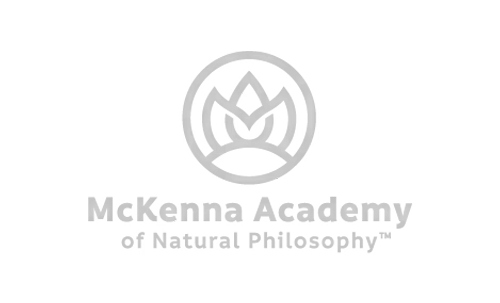
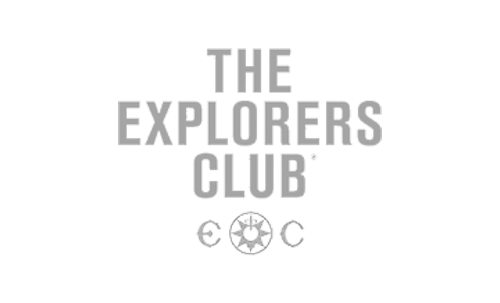
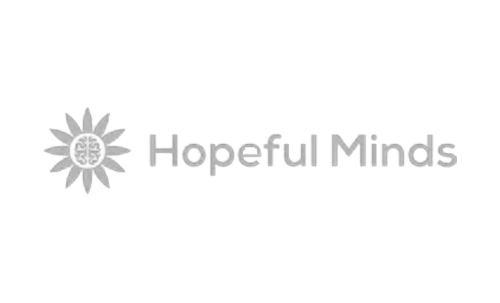
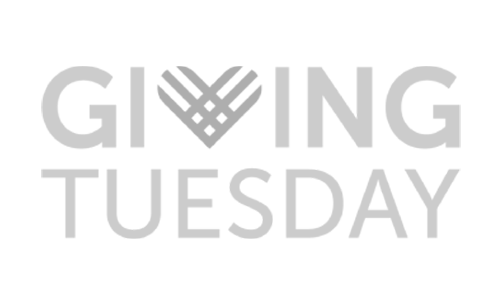
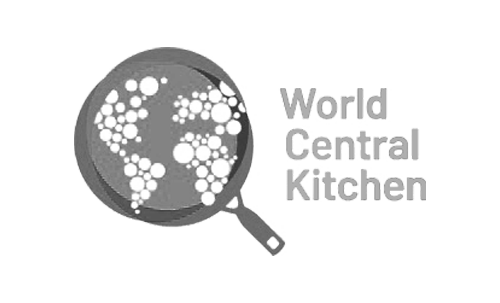
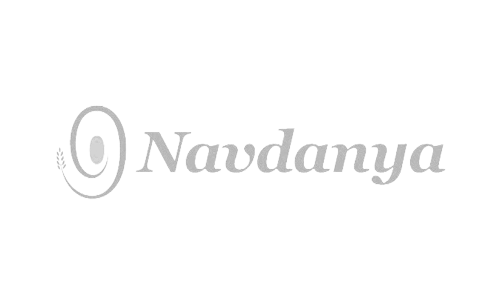

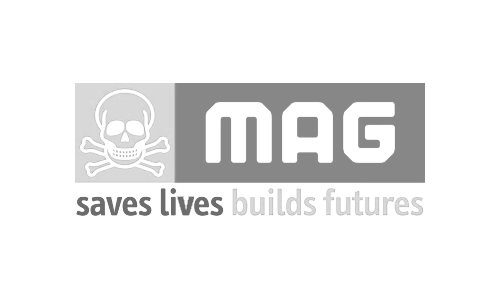
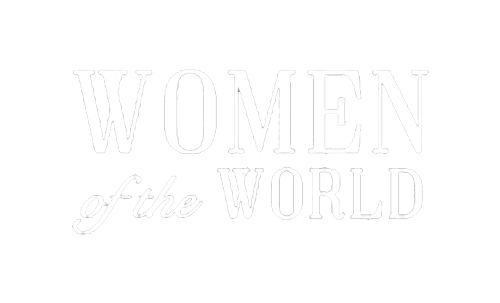
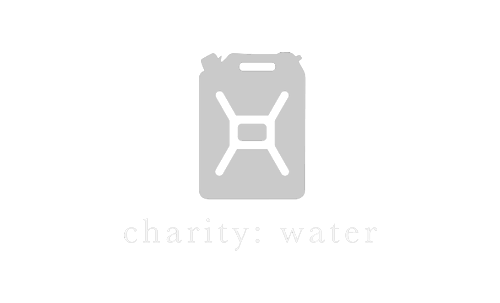
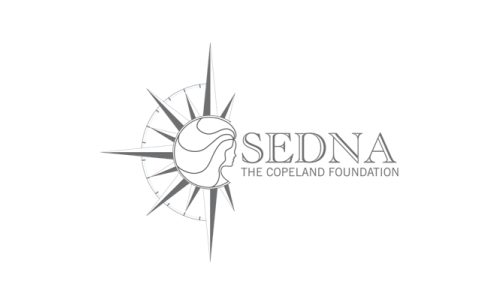
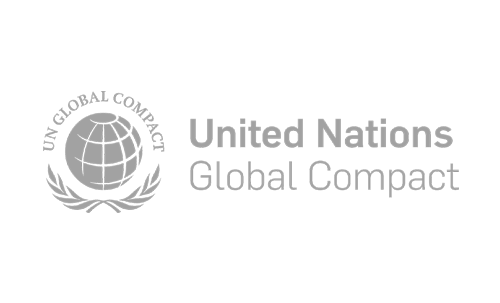
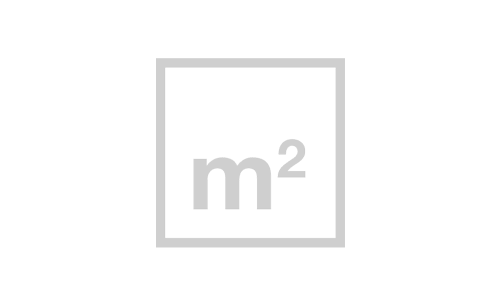
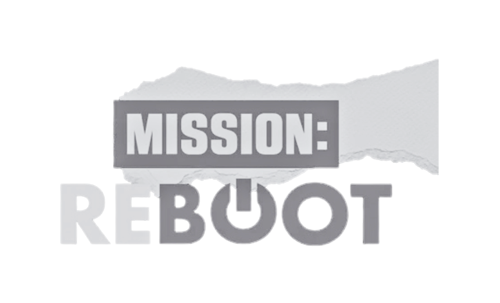
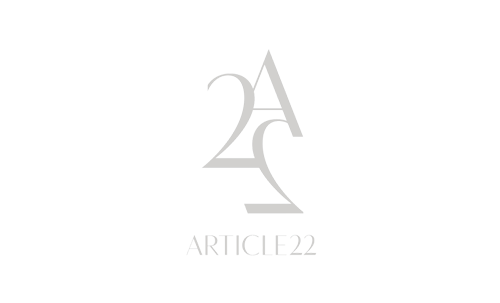

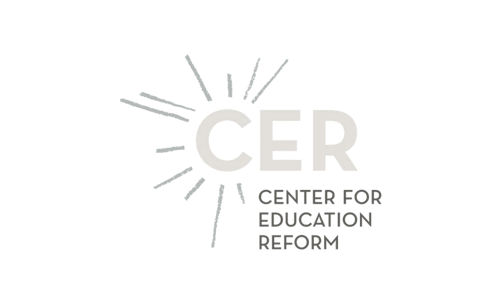
Comments
Sign in to post a comment.